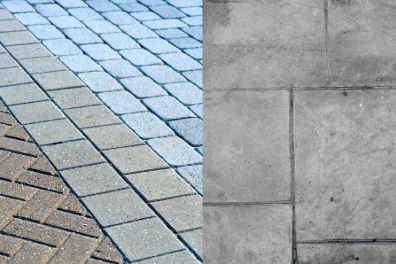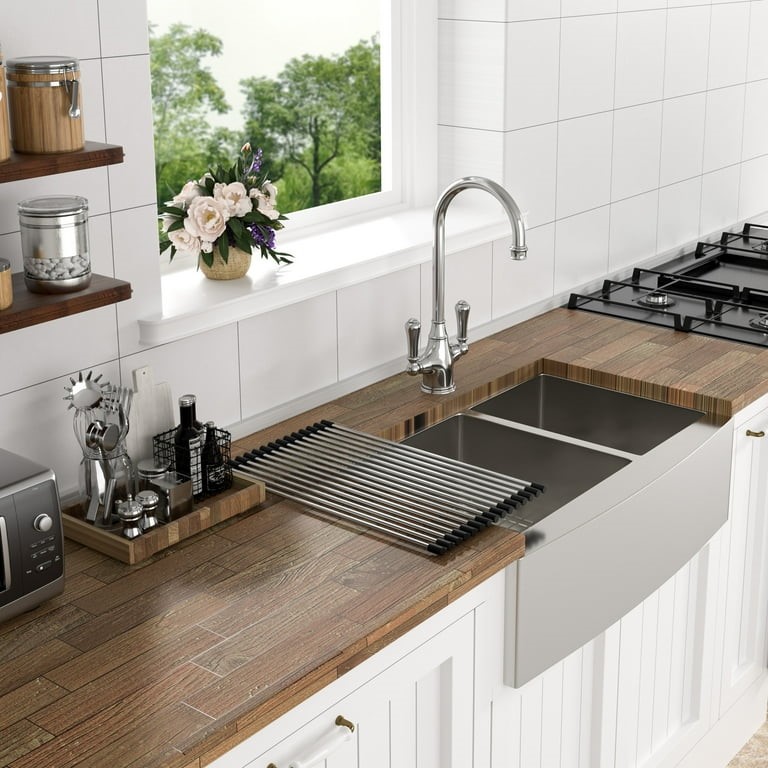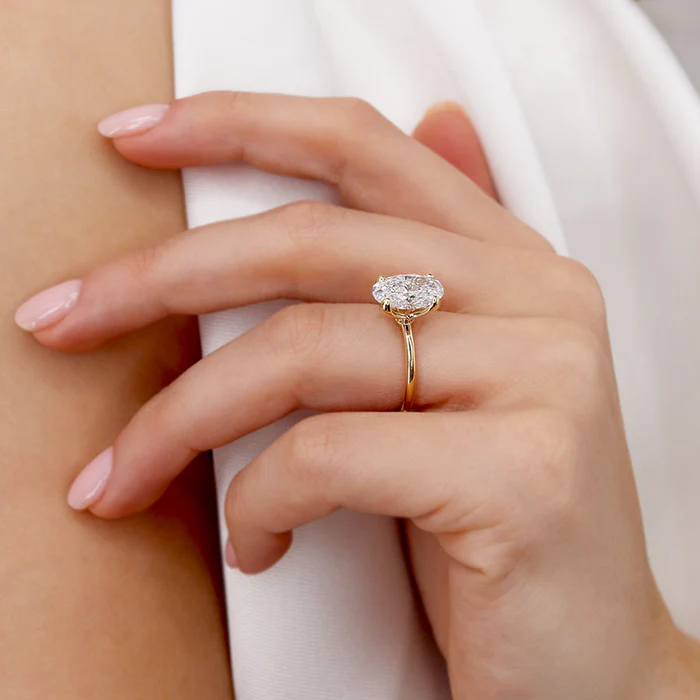
Stamped concrete is a decorative option that looks like more expensive materials such as stone, brick, wood, or tile. Patterns and textures are added to freshly poured concrete using stamps and special tools. Popular for driveways, patios, walkways, and even indoor floors, stamped concrete combines style with durability. But how is it different from regular concrete? Let’s break it down.
The Process of Stamped Concrete
Stamped concrete begins the same way as regular concrete, with a base layer being poured. When the concrete is partially set but still soft, rubber stamps are pressed into the surface to create patterns or textures. These stamps come in many designs, such as natural stone, cobblestone, brick, or wood grain, giving the concrete a high-end look. To enhance the appearance, colors or stains can also be applied, making stamped concrete highly customizable.
Key Differences Between Stamped Concrete and Regular Concrete
1. Aesthetic Appeal
The biggest difference is how they look. Regular concrete has a smooth, plain surface, while stamped concrete mimics expensive materials, offering patterns and textures. Its versatility allows homeowners to achieve a luxurious appearance without the cost of natural stone or brick.
2. Durability and Maintenance
Both stamped and regular concrete are …



